The Maarsbergen estate
The Maarsbergen estate is owned by the Godin de Beaufort family since 1882 and the castle bearing the same name has been their residence ever since. Carel’s sister Cornelie is still living in the castle today.
Maarsbergen is a very small village situated in the National Park of Utrechtse Heuvelrug, a hilly landscape in the central part of the Netherlands. The Utrechtse Heuvelrug is known for its large woods with gently curved, sandy hills, small rivers and a few tiny lakes. The sandy flats, clay, turf and heathland for which this part of Holland is known were formed in the ice age.
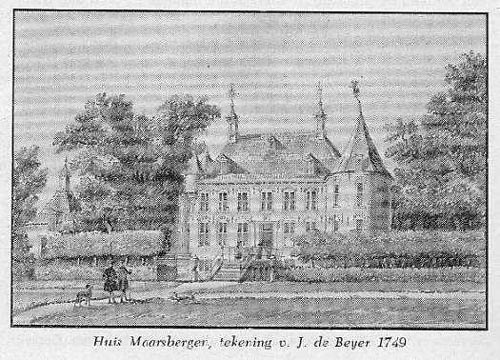
Maarsbergen is situated centrally in this unique landscape. This area has been a princely place for ages, crowned by magnificent gardens and palaces. Noblemen and bishops, princes and their princesses, ambassadors and others of renown left behind an embarrassment of riches. It was also the place for the hard-working lower class. Farmers, day labourers, shepherds and craftsmen lived in and around Maarsbergen.
The origins of Castle Maarsbergen go back to the Middle Ages. The first mention of the castle is concerning a gift of a knight named Folcoldus of Berne. In the year 1134 this knight gave some of his assets to Norbertine monks. Amongst these possesions was Maarsbergen castle, and so it became an outpost of the Norbertine monastery near Heusden. From 1561 onwards it was let out on a lease and after the Münster peace treaty that settled the eighty-year war between Spain and the Republic of the United Dutch Provinces in 1648 it fell to the Province of Holland. A mere eight years later, Holland in turn sold the estate and the castle to an Amsterdam businessman, Samuel de Marez, whose family owned it until 1764. The castle became a country seat until the Godin de Beaufort family bought it in 1882. The family restored the castle in 1930 and still owns and governs the estate. The estate consists of about 400 acres of forest and farmland.
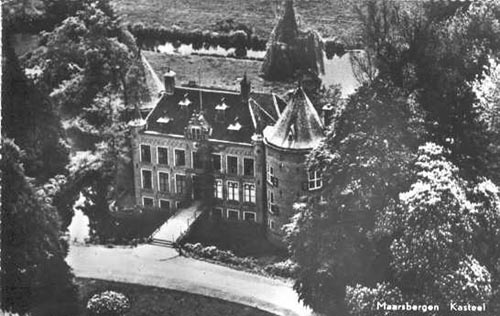
The aristocratic Beauforts were a very enterprising family hailing from the northern part of France who settled in the Utrechtse Heuvelrug to become active in politics, banking, science and the highest levels of Dutch government. The family extended its network and used the estate permanently for living and business.
Carel was no exception to this welcoming tradition as he was organising parties all year round, especially when he entered Grand Prix racing. He grew up in the castle and had the time of his life, even during World War II, when the Castle was partly confiscated by the German army. Carel and his sister were playing bad games with grenades and shot-down airplanes.
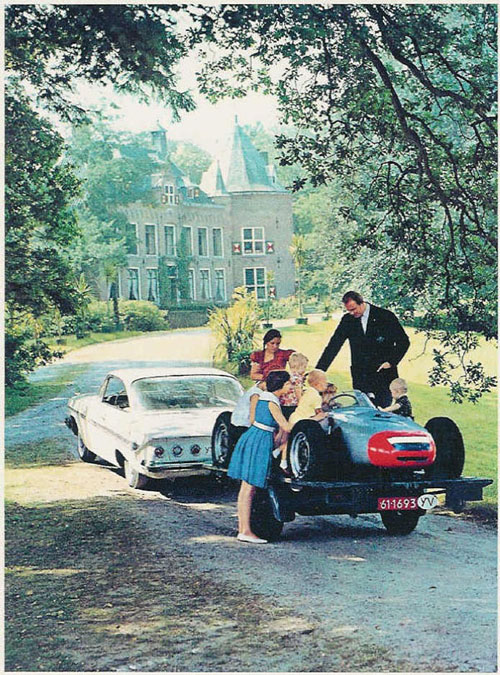
(Wilfried Geerts archives)
With his Flying Dutchman, a sort of man-powered go-kart (powered by moving your arms in a pumping fashion) he experienced his first ‘driving’ skills, driving as much as he could around the attic and in the great yard. He was also inventive when it came down to improving his ‘racing machine’. On the occasion of a train fire at the local train station Carel transformed his Flying Dutchman into a fire truck so he could give a hand. The Germans, who had shot at the train, weren’t at all pleased with Carel’s bravery. Carel learnt driving at the age of 5, sitting on his father’s lap in the family’s Packard, and soon drove everything with wheels and an engine, especially the Canadian Jeep which remained at the estate after the war. He was arrested at the age of 16 while joy-riding the cars of the family’s guests.
Carel’s sister Cornelie is still living in the castle today. The castle is not open to visitors.
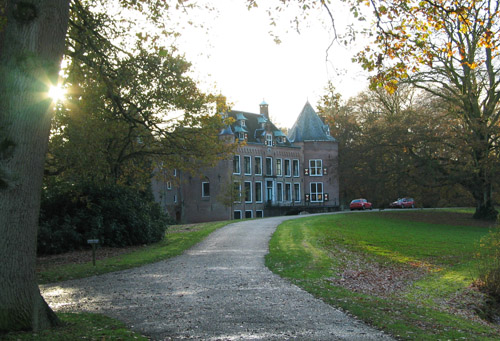
The Maarsbergen estate today, seen from the front
(photo by Mattijs Diepraam, taken November 13, 2004)
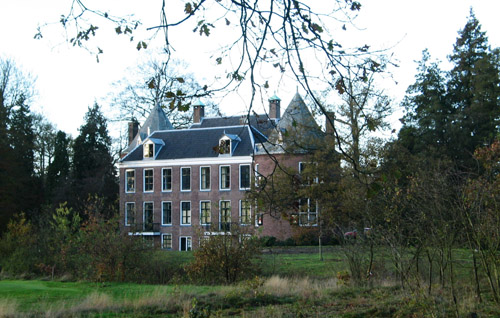
The Maarsbergen estate today, seen from the back
(photo by Mattijs Diepraam, taken November 13, 2004)
